
- Diese Veranstaltung hat bereits stattgefunden.
Pit firing and Experiment on cooking pots
September 12, 2020
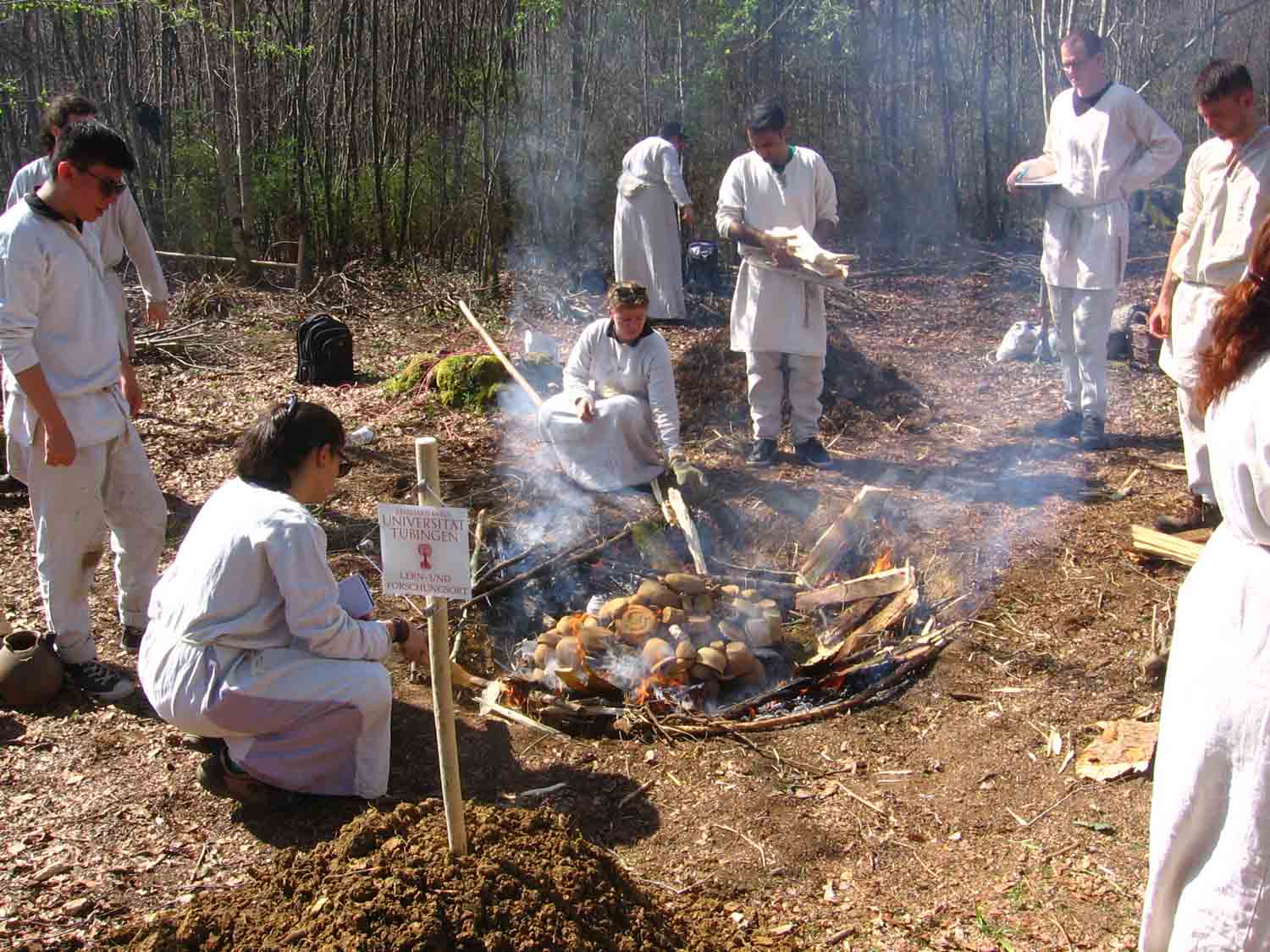
Again, we will be firing pottery in the potter’s workshop. This time we will fire our pots using pit firing which was a common practice in early medieval times and earlier periods,. On Thursday, 20th of June, the pots will be dried next to the fire and they will then be fired in the afternoon. On the next day, Friday 21st we will be removing the pots from the pit fire.
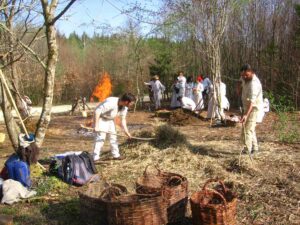
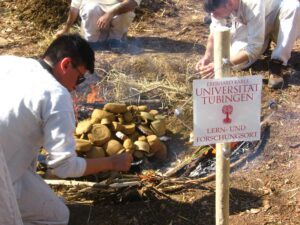
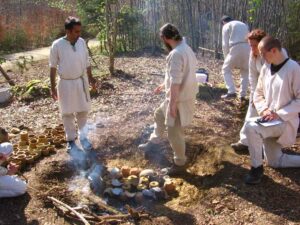 This event is part of an experimental research project in the field of archaeometry being carried out in collaboration between Campus Galli and the CCA-BW (Competence Center Archaeometry Baden-Wuerttemberg) of the University of Tübingen headed by Dr Christoph Berthold.
This event is part of an experimental research project in the field of archaeometry being carried out in collaboration between Campus Galli and the CCA-BW (Competence Center Archaeometry Baden-Wuerttemberg) of the University of Tübingen headed by Dr Christoph Berthold.
Archaeometry is a field of archaeological research that applies scientific techniques to the analysis of archaeological material.
The experiment is led by Dr. Silvia Amicone, archaeometrist and ceramic specialist at the CCA-BW and the Campus Galli potter Martin Rogier. Students following courses in Archaeometry and Mineralogy will also take part in the firing since this is also part of the module Material Science and Archaeological Ceramics:
Manufacturing and Material Properties of Ancient and Modern Ceramics coordinated by Prof. Klaus Nickel from CCA-BW. In this experiment, another scientist is involved, Dr Cynthianne Spiteri. She is a specialist in Organic Residue Analysis of archaeological ceramics. This type of analysis researches ancient diets and cooking practices in archaeological contexts. The pots fired during these two days, which are being built by the Campus Galli potter, will then be used to carry out cooking experiments.
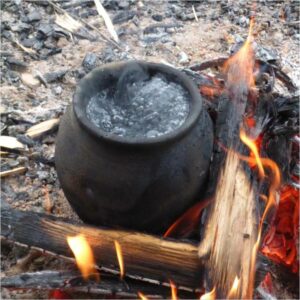 Yes, it is possible to use pottery for cooking! Ceramic vessels have been used in cooking thoughout human history, and for a long time they were the main cooking pots in use. In additional experiments, we are going to be cooking different foods in our ceramic pots which we will then bury to simulate archaeological scenarios. These experiments will provide us with cooking pots, of which the material composition, manufacture and use is well-recorded. With these pots it will be possible to observe and record the influence of the cooking process as a factor of different surface treatments and decay of the food products used, as a consequence of cooking and burial. These experimentally produced examples can then be used to compare with archaeological residues and therefore make more informed conclusions on the organic content of the original food products in archaeological ceramic vessels.
Yes, it is possible to use pottery for cooking! Ceramic vessels have been used in cooking thoughout human history, and for a long time they were the main cooking pots in use. In additional experiments, we are going to be cooking different foods in our ceramic pots which we will then bury to simulate archaeological scenarios. These experiments will provide us with cooking pots, of which the material composition, manufacture and use is well-recorded. With these pots it will be possible to observe and record the influence of the cooking process as a factor of different surface treatments and decay of the food products used, as a consequence of cooking and burial. These experimentally produced examples can then be used to compare with archaeological residues and therefore make more informed conclusions on the organic content of the original food products in archaeological ceramic vessels.